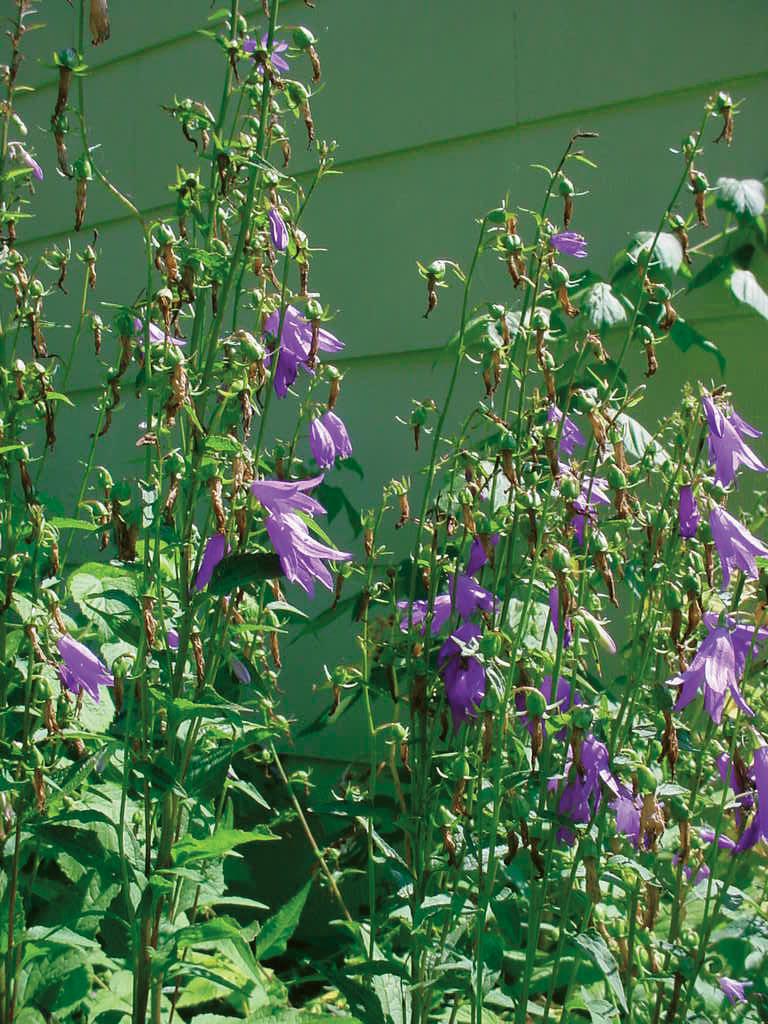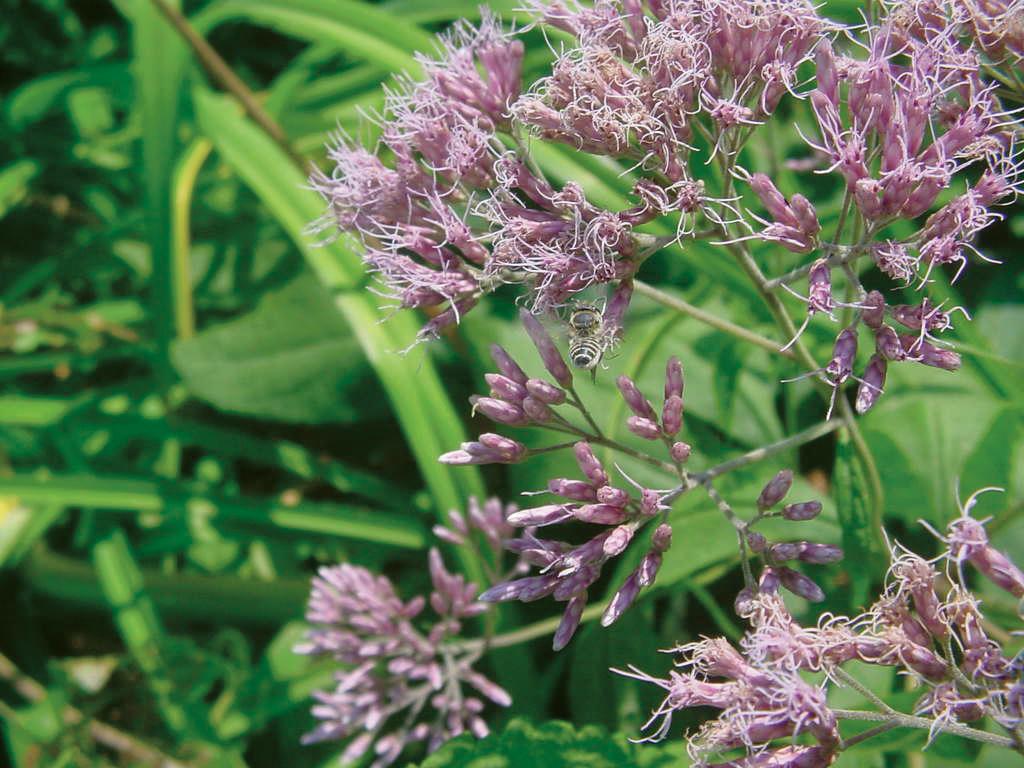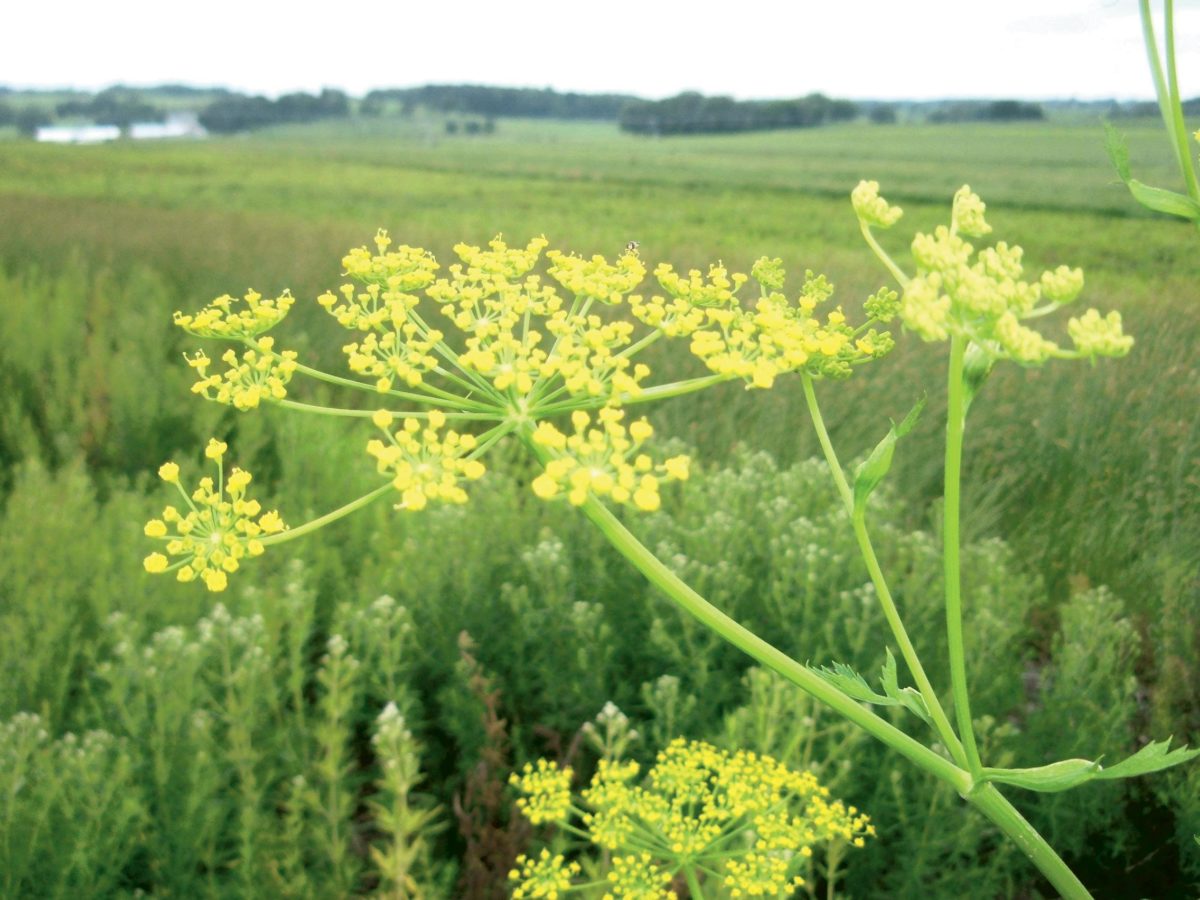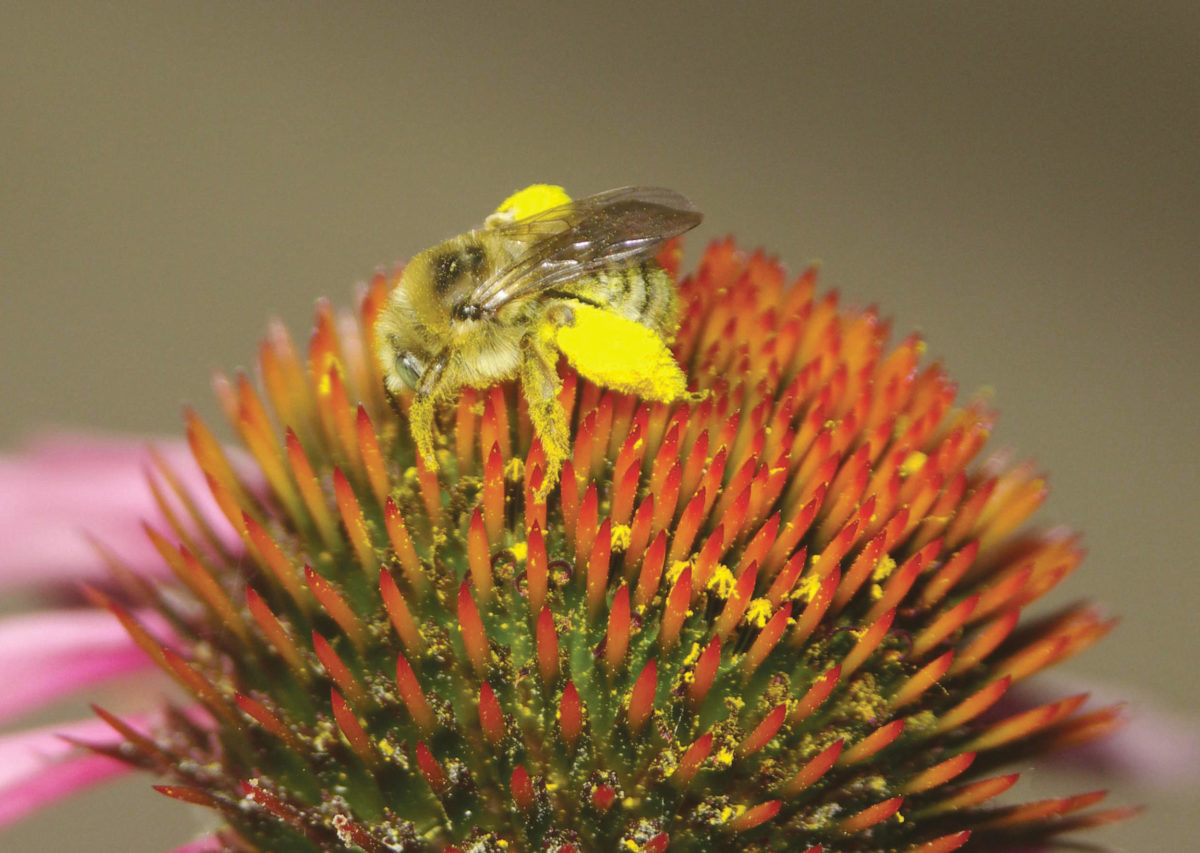
There are tremendous variations in flowers between plants of different species, and various ways of categorizing plants based on flower characteristics. Among the most basic classification is separation based on the number of flower parts. Monocotyledons (including grasses, orchids, lilies, and palms) consist of flower parts (such as stamens or petals) in groups of three. Dicotyledons (such as most broadleaf plants) contain flower parts in groups of four or five. Flowers containing only the bare minimum number of parts (as opposed to some multiple of the basic number), are called simple flowers.
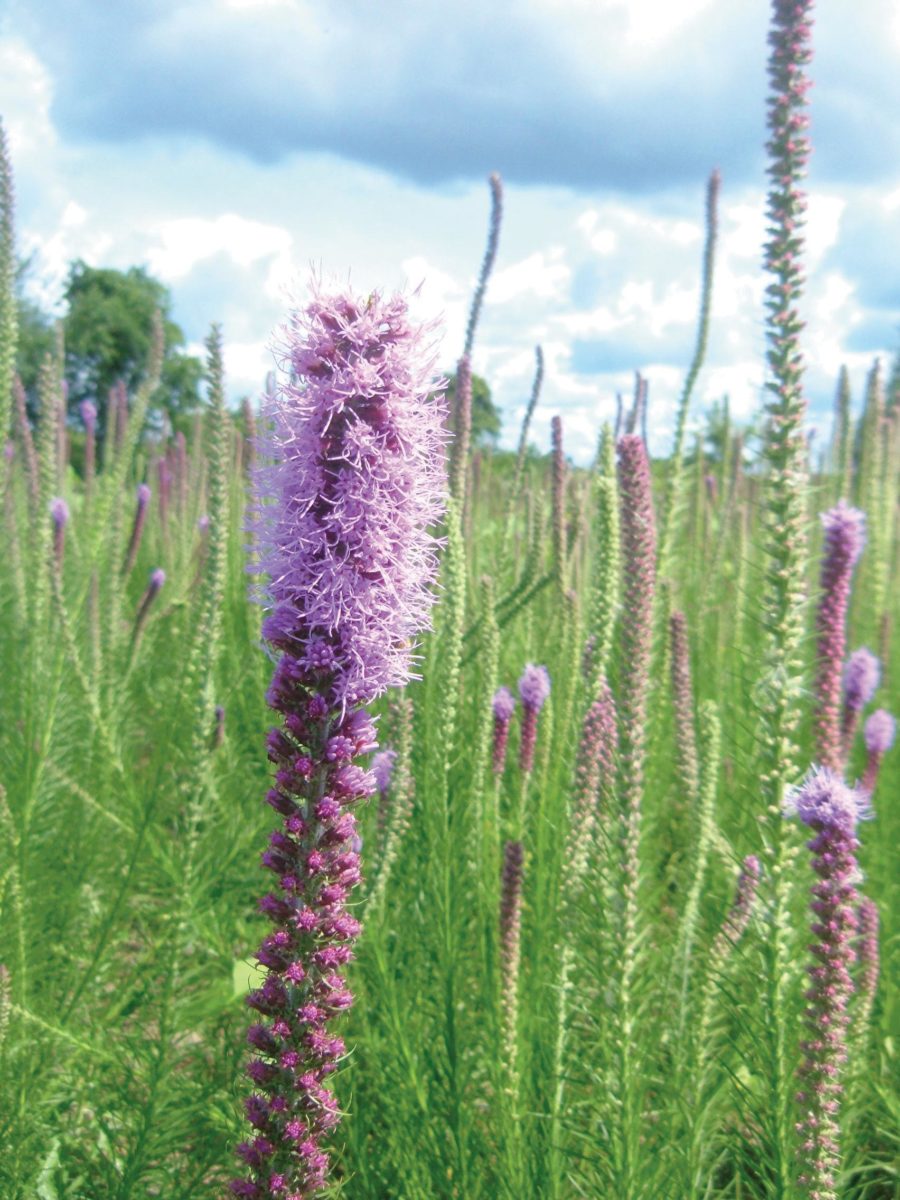
A second way to categorize flowers is based on the presence or absence of typical flower structures. Tulips for example lack the protective green sepals found on other flowers, and instead have modified green leaves that slowly change color to resemble petals. These tepals are in fact neither flower nor petal, and hence tulips are described as an incomplete, as opposed to a complete, flower.
Flowers that contain both male and female reproductive parts—stamen and pistil—are sometimes called perfect flowers. Flowers bearing only the male or female parts are called imperfect. In addition, some plants will bear both separate male and female flowers (such as squash), or flowers with both male and female parts (such as apple) on a single plant. These are called monoecious. Other plants (including willow, holly, and sumac) have female and male flowers on separate plants. These are called dioecious, and plants with both flower types are needed for pollination to occur.
Finally, flowers may occur individually or as clusters of multiple flowers called an inflorescence. Sometimes the flowers of an inflorescence will be fused into a single structure that is sometimes mistaken for a single flower. Sunflowers, coneflowers (Figure 4.2), and dandelions are classic examples of this—a single sunflower head, called a composite flower, is made up of hundreds of individual flowers. Other inflorecences include the spike with multiple flowers fused directly to a single stalk without individual stems. The flowers of Liatris (Figure 4.3), yucca, and Culver’s root are all examples of spike inflorescences. The raceme is an inflorescence with flowers attached to a single stalk via short stems, such as bellflower (Figure 4.4), foxglove, penstemon, and delphinium. A panicle is a raceme in which the individual flower stems are compoundly branched, like Joe-Pye weed (Figure 4.5), hydrangea, and crape myrtle blossoms. Finally an umbel consists of multiple flower stems arising from a single point on the tip of a stalk. Common umbelliferous flowers include Golden Alexanders (Figure 4.6), carrot, dill, and yarrow.

Figure 4.4 A raceme is a type of inflorescence with the flowers attached to the main stem by a short stalk, such as this creeping bellflower (Campanula rapunculoides). Photo by Eric Mader. 
Figure 4.5 The highly branched flowers of this Joe-Pye weed (Eupatorium purpureum) form a panicle, which is being visited by a leafcutter bee. Photo by Eric Mader. 
Figure 4.6 An umbel is a type of inflorescence in which the flower stalks originate at one point on the tip of the stem, such as with this Golden Alexander (Zizia aurea). Such flowers are often highly attractive to flies. Photo by Eric Mader.

